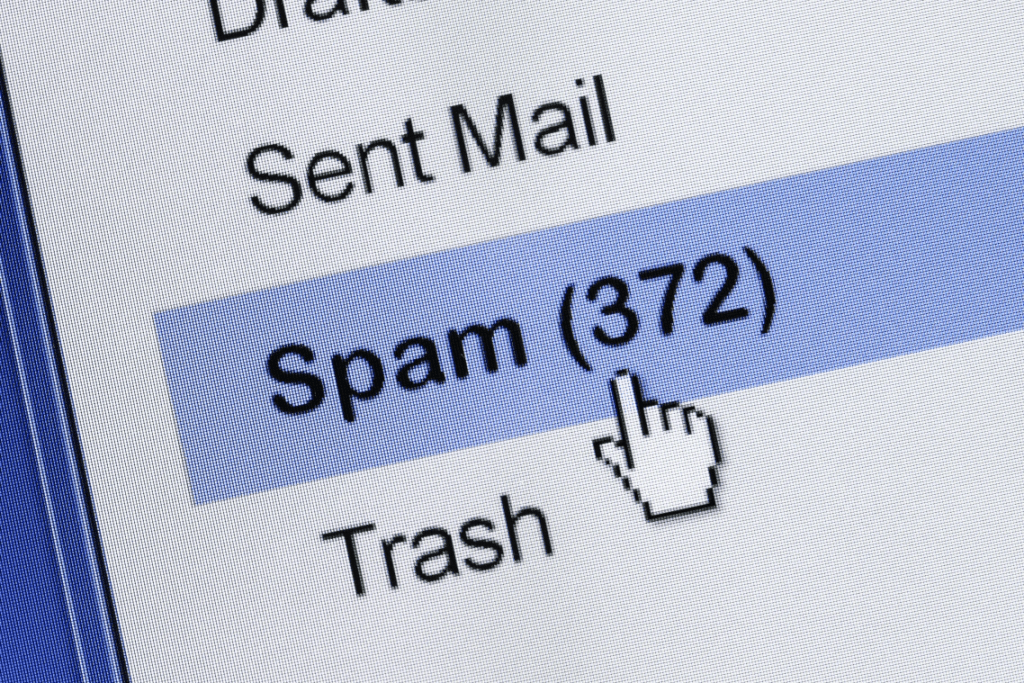Email is an essential tool for communication in our modern lives, and it has become a primary target for spammers who want to advertise their products or scam people. Spam emails can be annoying, time-consuming, and potentially harmful. Fortunately, email service providers have developed spam filtering technology to reduce the number of unwanted emails in our inboxes.
Email spam filtering is a process of identifying and removing unwanted emails from your inbox. It works by analyzing the content and characteristics of each email message and determining whether it is spam or not. Email service providers use different algorithms and techniques to filter spam emails, and they continuously update their filters to stay ahead of spammers.
One of the most common methods used by spam filters is called the “blacklist” approach. This method works by creating a list of known spam senders and blocking any emails from those senders. It’s like a bouncer at a nightclub who checks the ID of every person entering and denies entry to anyone on the blacklist.
Another method used by spam filters is called the “content-based” approach. This method analyzes the content of the email and looks for patterns and keywords commonly used in spam messages.
Spam filters also use machine learning algorithms to learn from previous email data and improve their spam detection accuracy.
However, even with these sophisticated techniques, spam filters are not perfect, and some spam messages may still slip through the filter. Therefore, it’s important to be vigilant when checking your email and never click on suspicious links or attachments.
Likewise, legitimate emails can sometimes be incorrectly flagged as spam and end up in your Junk, therefore, it’s just as important to regularly check your Spam/Junk folder for any legitimate emails you’ve received.
In conclusion, email spam filtering is a necessary tool to protect us from unwanted and potentially harmful messages. Email service providers use various methods, such as blacklists, content-based analysis, and machine learning algorithms, to filter out spam emails. While not perfect, these filters have come a long way in reducing the number of unwanted emails in our inboxes. As users, it’s important to be cautious and vigilant when checking our emails to avoid falling victim to scams or phishing attempts.

